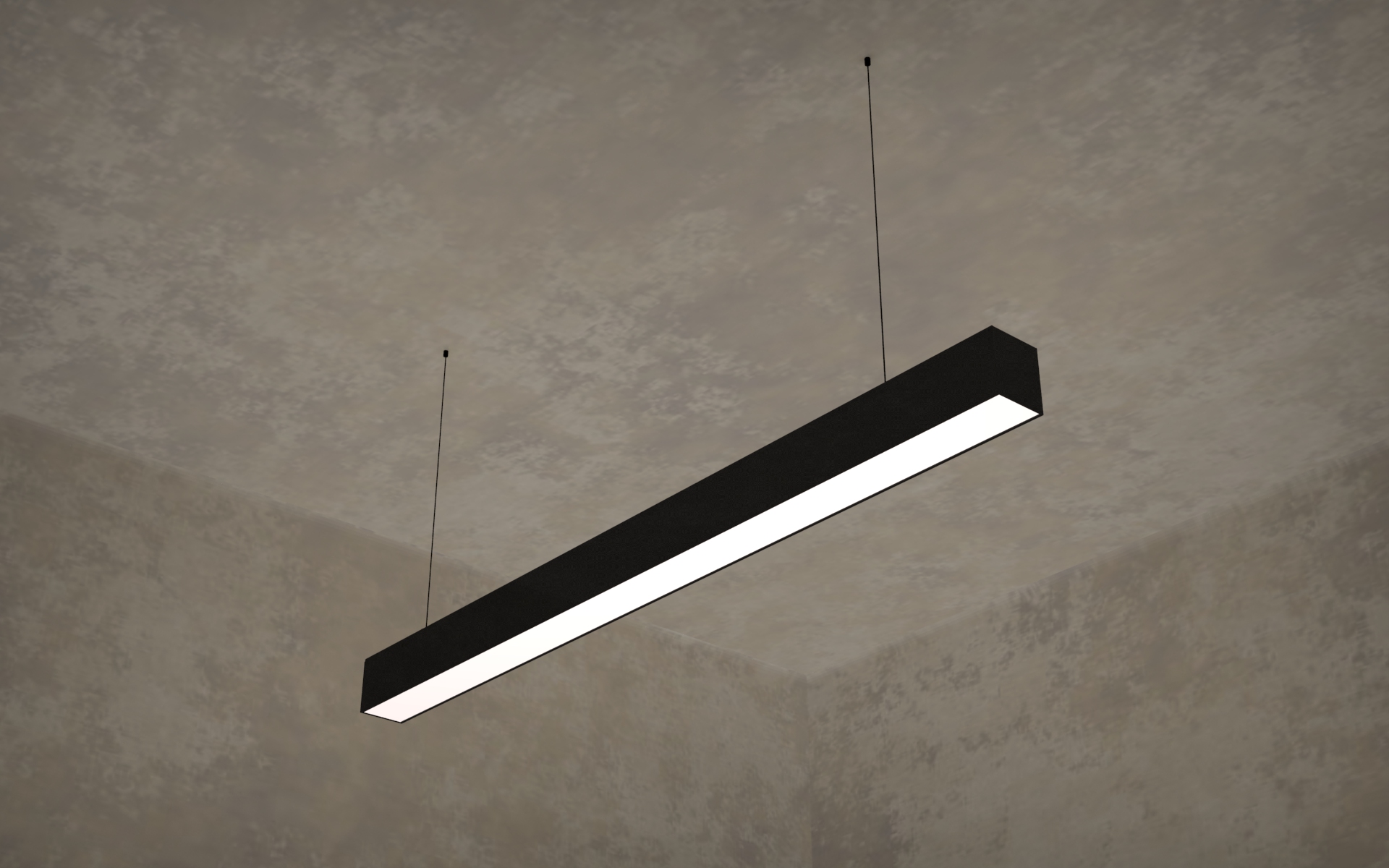What is LED? LED Types and Features
What is LED? Light Emitting Diode, also known as LED semiconductor technology, can be defined as a kind of diode that emits light as the name suggests. It is essentially an electronic circuit element.
Invented in Russia in the 1920s and made applicable in the USA in 1962, this component emerged when a radio technician named Oleg Vladimirovich Losev noticed that the diodes used in radio receivers emitted light and published his discoveries about LED in a Russian newspaper in 1927.
LEDs, which initially emitted only a weak red light, have now emerged as infrared (IR) and ultraviolet (UV), which emit light at frequencies invisible to the eye, as well as visible light. A good understanding of the light emission mechanism of LEDs requires knowledge in quantum physics, chemistry, electronics and optics.
The most important component part of the LED is the LED chip, which consists of semiconductor material and emits light. The LED chip is essentially a point light source, and the light is emitted in a certain direction thanks to the reflective element placed in the sheath. This orientation can also be achieved with the help of lenses or reflectors used in luminaires.
The light emitted by LEDs is related to the structure of the semiconductor additives contained in the LED chips. The light colour emitted by an LED depends on the appropriate ratio of chemical materials such as gallium, arsenide, aluminium, phosphate, indium, nitrite, etc. to the semiconductor.


